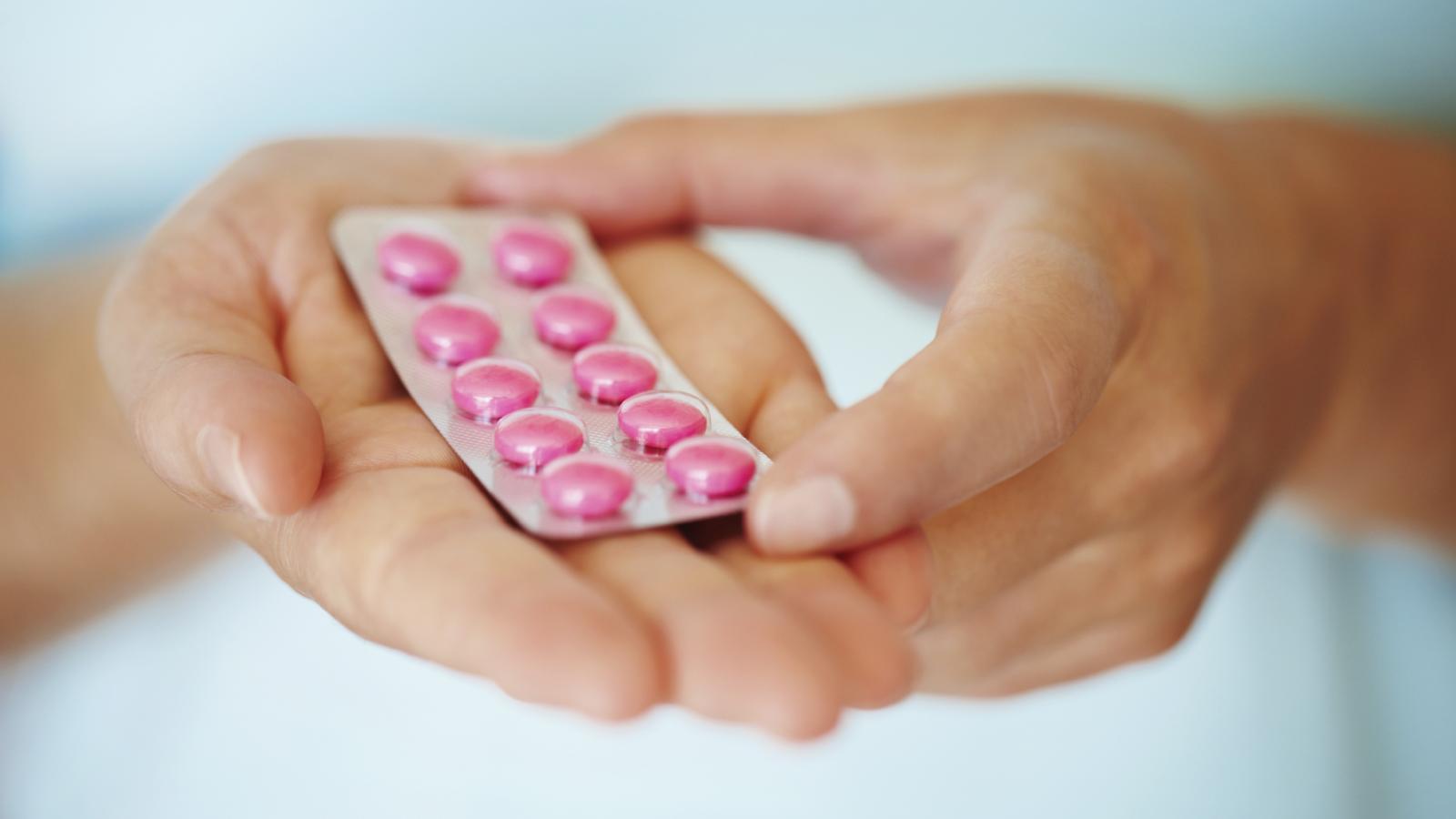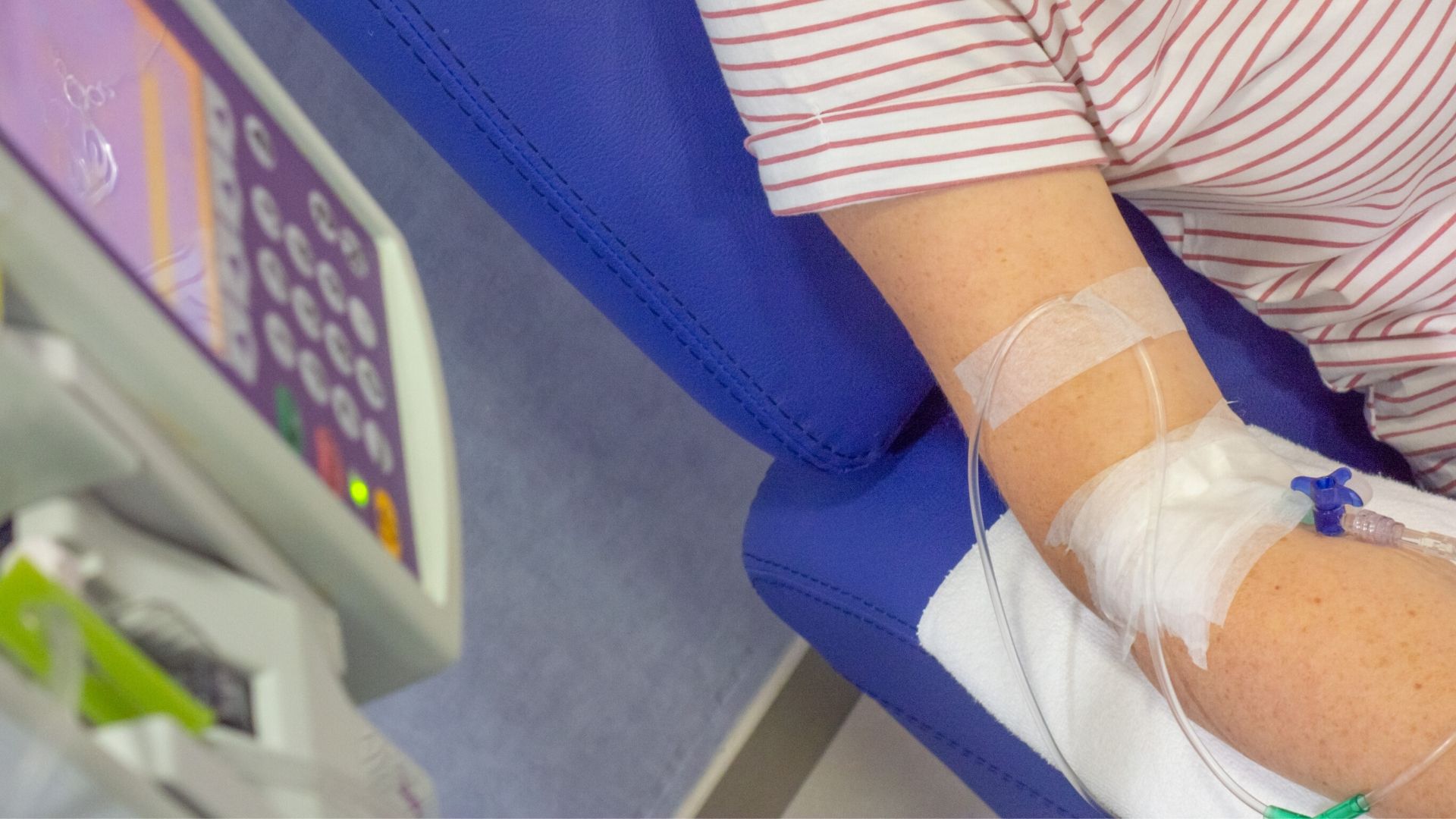How is AML treated?

On this page:
The aim of treatment is to put the AML into remission.
Remission is when your bone marrow is producing blood cells normally and you have fewer than 5% of the immature leukaemia cells in your bone marrow. If your remission lasts indefinitely, you are said to be cured.
Because AML is a fast-growing cancer, treatment will start soon after you have been diagnosed.
When you start treatment, you may need to spend a few weeks in hospital.
Chemotherapy
Chemotherapy uses drugs to kill cancer cells. Chemotherapy is the main treatment for AML. For people who are medically fit and under 65-70 years of age, usually intensive chemotherapy is given, to try to destroy the leukaemia cells.
Non-intensive treatment
Doctors are more cautious about giving intensive chemotherapy to people over 65, as the side-effects can be hard on your body.
Non-intensive treatment usually involves gentler chemotherapy and possibly other drug therapies. For example, targeted therapies. The aim of this treatment is not to cure the leukaemia but to give you the best quality of life for as long as possible.
Stem cell transplants
This is when the blood cells in your bone marrow are destroyed and replaced with healthy stem cells. These healthy stem cells should grow into healthy blood cells. Your doctor may recommend a transplant:
- As a first treatment for high-risk leukaemia
- If your leukaemia returns after treatment (relapse)
Stem cell transplants may not be suitable for everyone. It depends on a number of things such as your age and general health, if a donor is available and your type of leukaemia.
This treatment is intense. You will be in hospital for a few weeks and you will probably get a lot of side-effects from the strong chemotherapy, but these usually go away after treatment has ended. Your medical team and specialist nurses will discuss this with you in detail before you consent to treatment.
Targeted therapies
Drugs that target genetic changes.
Read more about targeted therapies
Will I get side-effects?
The type of side-effects you get will depend on the type of treatment, the dose, the duration and your own general health.
Supportive care
Supportive care is extra treatment given to help with side-effects and symptoms. For example:
- Blood transfusions to keep the right amount of blood cells in your blood
- Tablets to help prevent infections while your immune system is more vulnerable
- Growth factor injections to help increase your white blood cell levels after chemotherapy
- Intravenous antibiotics (antibiotics given into a vein) if you get an infection while your immune system is low
For more information
Phone
1800 200 700




